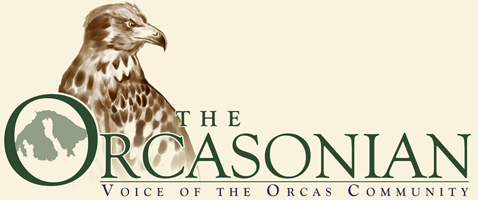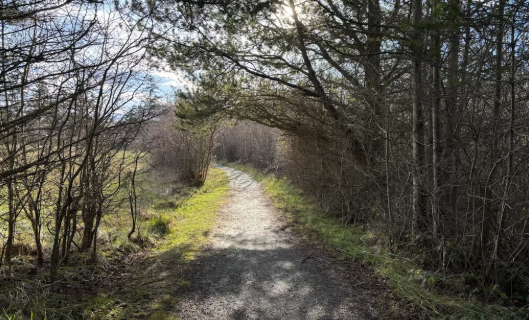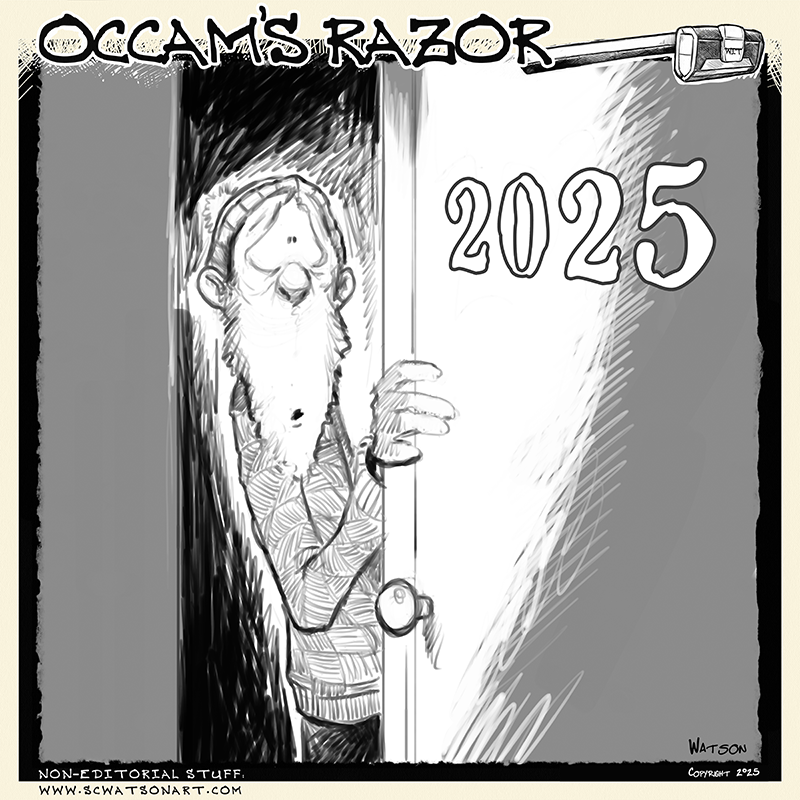from Stan Matthews
County Website and Communications Manager
At its regular August 7th Meeting, the San Juan County Council will take up two issues that affect how special taxes collected on lodging and camping facilities are used. Under the current County Code, a two percent lodging tax is earmarked for the promotion and marketing of tourism countywide and an additional two percent tax is earmarked for a “Facilities” account which was established to “acquire and operate tourism-related facilities.”
When established, both funds were targeted at increasing tourism in the shoulder seasons adjacent to the crowded summer season. Changes in state law and in the economy have prompted the County’s Lodging Tax Advisory Committee (LTAC) to recommend that the Council expand the allowable uses of the two funds and the target seasons.
Committee members concluded that changing travel patterns and the availability of lodging in the County now justifies a change from a focus on promotion and special events in the shoulder season to include “tourism year round.”
The second recommended change seeks to codify a practice the LTAC and Council began in 2008, expanding the use of Lodging Tax Facilities funds to allow non-profit organizations that are not associated with the county government (such as museums and arts centers) to receive grants to fund special events and to help finance the improvement and operation of tourist-related facilities. An 2007 amendment to state law permits those uses, but County Code was not updated to reflect that change.
The Council is scheduled to take public comment and discuss of the “shoulder season” versus “tourism year round” goal at 1:30 p.m., during its review of the 2013 request for proposal for a tourism promotion organization. At 2 p.m. it will begin a “second touch” discussion the code change, which would primarily affect the use of Lodging Tax Facilities grants. Initial discussions suggested that the code change should simply reference state law, allowing it to automatically revert to the more restrictive rules should the 2007 Amendment be allowed to sunset.
**If you are reading theOrcasonian for free, thank your fellow islanders. If you would like to support theOrcasonian CLICK HERE to set your modestly-priced, voluntary subscription. Otherwise, no worries; we’re happy to share with you.**








What constitutes a “tourism-related facility” and why would the County want to own one? This sounds like another run at having the taxpayers pay even more for “The Brickworks” in Friday Harbor. The State already poured $400,000+ into the project, while the Department of Agriculture made something like another $100,000 available.
The Fairgrounds is a county-owned facility that serves the county and (hopefully) attracts tourists as well. In an ideal world, the Friday Harbor farmer’s market would have used the existing and under-utilized Fairgrounds facility instead of lots of $$ being poured into the Brickwords boondoggle.
Or perhaps another wildly expensive public restroom?
The negative potshots from the collectively uninformed in the islands is staggering. Setting the record strait could be a full time job for someone. Specifically:
A.) check your figures for your funding assumptions on Brickworks. Not at all accurate.
B.) Have you seen the immediate benefits Brickworks site is generating for local businesses or spoken to local business owners who are benefitting from Farmer’s Market, Art Market, musical events, and more? The site’s ability to draw pedestrian activity is unprecedented in the FH commercial core. Fairgrounds site would never have done anything like this.
C.) Building of public restrooms is a common and practical project in tourist towns (as are parking, public transport, and other support infrastructure). Not a boondoggle, FYI- but a practical support of our primary economic driver.
In short, the degree of misunderstanding and simplistic analysis is staggering. I have no problem with differing opinions, but please take the time…
Good points, Tom. The Brickworks has been quite successful, but it has also been expensive, and the initial political maneuvering around its founding left a very bad taste behind for many. I agree that building public restrooms is important. I think Peg was referring to the modest public restroom in Eastsound, which managed to cost a quarter of a million dollars. Costs seem to get out of control very rapidly in many County projects.
First, I checked my numbers; my recollection was correct, as was the post, so I look forward to you “setting the record strait.” Second, Orcas Farmers Market accomplishes all the positive effects you cite, with virtually no tax money. Are there data about the benefits to core businesses attributable to the Brickworks? It has always been closed and empty when I’ve been in FH, which does not seem to have begun any busines renascence. Third, tourism seems to be our primary economic driver only because real estate and construction have collapsed. If tourism remains our primary driver, then we’re facing a future of low-paying, dead-end service jobs for our residents. A tiny public bathroom built the County way can cost $ 1/4 million. That is a problem.